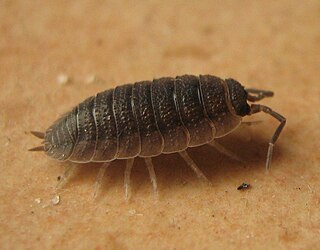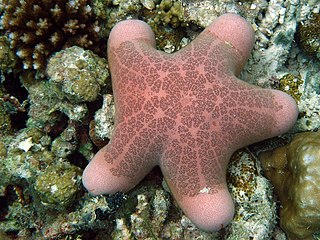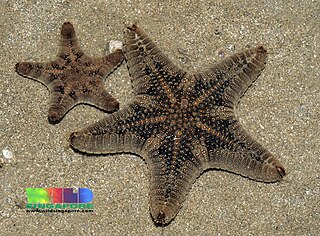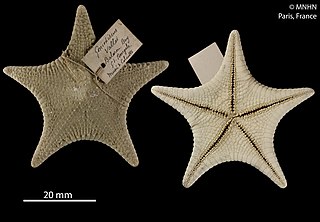
The International Union for Conservation of Nature (IUCN) Red List of Threatened Species, also known as the IUCN Red List or Red Data Book, founded in 1964, is an inventory of the global conservation status and extinction risk of biological species. A series of Regional Red Lists, which assess the risk of extinction to species within a political management unit, are also produced by countries and organizations.

Poison dart frog is the common name of a group of frogs in the family Dendrobatidae which are native to tropical Central and South America. These species are diurnal and often have brightly colored bodies. This bright coloration is correlated with the toxicity of the species, making them aposematic. Some species of the family Dendrobatidae exhibit extremely bright coloration along with high toxicity — a feature derived from their diet of ants, mites and termites— while species which eat a much larger variety of prey have cryptic coloration with minimal to no amount of observed toxicity. Many species of this family are threatened due to human infrastructure encroaching on their habitats.

Asaphus is a genus of trilobites that is known from the Lower and Middle Ordovician of northwestern Europe.

The granular poison frog or granular poison arrow frog is a species of frog in the family Dendrobatidae, found in Costa Rica and Panama. Originally described as Dendrobates granuliferus, it was moved to Oophaga in 1994. Its natural habitats are tropical humid lowland forests; it is threatened by habitat loss.

Porcellio is a genus of woodlice in the family Porcellionidae. These crustaceans are found essentially worldwide. A well-known species is the common rough woodlouse, Porcellio scaber.
Hexapus is a genus of crabs in the family Hexapodidae. It contains only three extant species found in the Indo-West Pacific. They inhabit the intertidal and subtidal areas of shorelines.

A species is often defined as the largest group of organisms in which any two individuals of the appropriate sexes or mating types can produce fertile offspring, typically by sexual reproduction. It is the basic unit of classification and a taxonomic rank of an organism, as well as a unit of biodiversity. Other ways of defining species include their karyotype, DNA sequence, morphology, behaviour, or ecological niche. In addition, paleontologists use the concept of the chronospecies since fossil reproduction cannot be examined. The most recent rigorous estimate for the total number of species of eukaryotes is between 8 and 8.7 million. About 14% of these had been described by 2011. All species are given a two-part name, a "binomial". The first part of a binomial is the genus to which the species belongs. The second part is called the specific name or the specific epithet. For example, Boa constrictor is one of the species of the genus Boa, with constrictor being the species' epithet.

The Oreasteridae are a family of sea stars in the class Asteroidea.

Goniodiscaster is a genus of sea stars in the family Oreasteridae. Members of this genus can be found off the coasts of India, southeast Asia, and Australia. Other taxa commonly misidentified as this genus include Anthenea, Tosia, and Pentaceraster.

Goniodiscaster acanthodes is a species of sea stars in the family Oreasteridae.

Goniodiscaster australiae is a species of sea stars in the family Oreasteridae.
Goniodiscaster foraminatus is a species of sea stars in the family Oreasteridae.
Goniodiscaster forficulatus is a species of sea stars in the family Oreasteridae.
Goniodiscaster porosus is a species of sea stars in the family Oreasteridae.

Goniodiscaster scaber is a species of sea stars in the family Oreasteridae. Its scientific name was first published in 1859 by Karl August Möbius, who placed it in the genus Goniodiscus.

Goniodiscaster seriatus is a species of sea stars in the family Oreasteridae.

Goniodiscaster pleyadella is a species of sea stars in the family Oreasteridae.

Tylos is a genus of woodlice in the family Tylidae. There are at least 20 described species in Tylos. All the species in this family can roll up into a perfect ball and live on sandy beaches.













